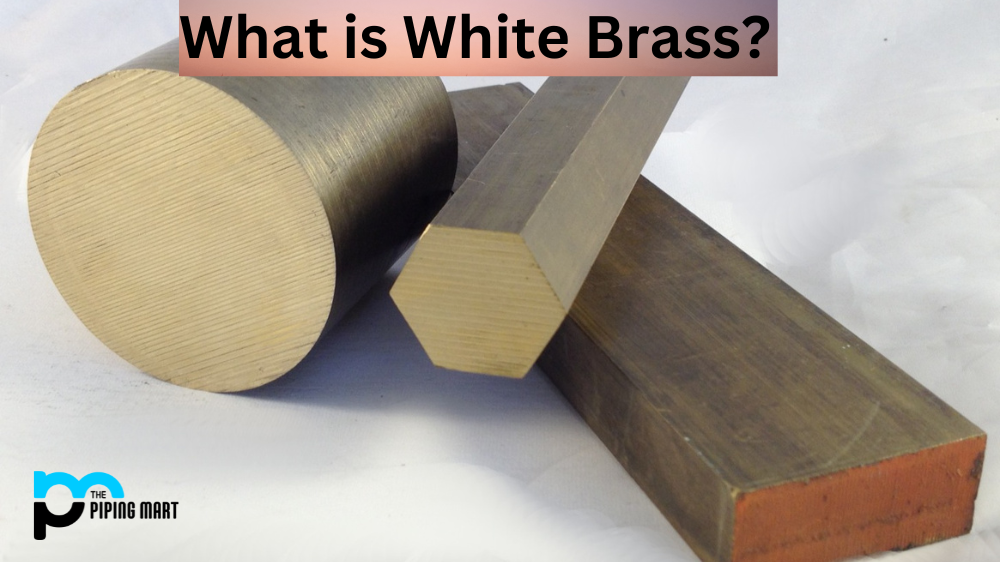Stainless steel is popular for many engineering applications due to its strength, durability, and corrosion resistance. However, not all stainless steel is created equal. When it comes to corrosion resistance, two of the most commonly used grades are SS 304 and SS 316. This post will look at the differences between these two grades of stainless steel and their relative corrosion resistance.
What is Corrosion?
First things first—let’s define what corrosion means. Corrosion is the process by which metal deteriorates due to exposure to environmental elements such as water, oxygen, or other chemicals. This process can lead to rusting or pitting on the metal surface, reducing its structural integrity over time. Therefore, it’s important to select the right grade of stainless steel to minimize the amount of corrosion.
Comparing SS 304 and SS 316
SS 304 is an austenitic alloy made up of chromium (18-20%), nickel (8-10%), and iron (67%). It offers good corrosion resistance against various chemicals including chlorides, nitric acid, sulfuric acid, and caustic solutions. However, it is not as resistant to corrosives as SS 316.
SS 316 contains more chromium (16-18%), molybdenum (2-3%), nickel (10-14%), and nitrogen than does SS 304. These additional elements give it better chemical resistance against acids like acetic acid, phosphoric acid, formic acid, citric acid, sulfurous acid and acetic acid glacial. It also has better high-temperature strength than SS 304 when exposed to high temperatures for prolonged periods.
Conclusion:
When selecting stainless steel for use in an application where there could be potential exposure to corrosive elements such as water or chemicals like acids or bases, it’s important to consider both the grade of stainless steel you are using as well as how long it will be exposed for. The right grade can make all the difference in ensuring your product lasts longer with minimal damage from corrosive elements. For maximum chemical resistance, our recommendation would be SS 316 over SS 304. Understanding the differences between these two grades can help you make a more informed decision when selecting stainless steel for your project.
Meet Heer, a dynamic and driven writer learning tricks of her trade in the metal industry. With a background in Digital Marketing, Heer brings a unique perspective to her writing, sharing valuable insights. Apart from blogging she like reading and hiking.




